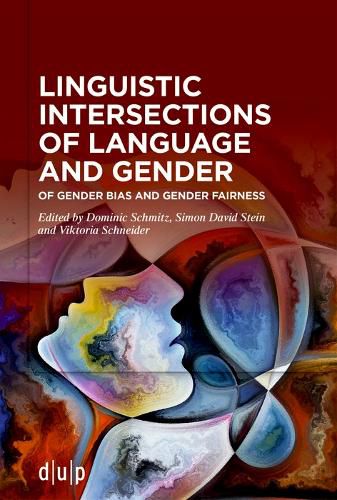Readings Newsletter
Become a Readings Member to make your shopping experience even easier.
Sign in or sign up for free!
You’re not far away from qualifying for FREE standard shipping within Australia
You’ve qualified for FREE standard shipping within Australia
The cart is loading…






Linguists have been interested in the relation of language and gender for a long time, yet only recently has the field diversified extensively in both its research questions and its methods. However, few attempts have been made to bring together these diverse perspectives in a systematic exchange of ideas and approaches.
This volume offers a collection of the latest empirical research on language and gender from a variety of linguistic perspectives. Among other questions, the studies in this volume investigate the processing of gendered forms in spoken and written language, examine their morphosyntactic properties, model their semantics and pragmatics, and engage with the discursive and orthographic patterns of gendered language. They apply a wide range of corpus linguistic, experimental, and computational methods to a diverse set of languages, including Portuguese, Italian, Georgian, German, and English. This volume is a valuable resource for all scholars interested in the current state of research on language and gender and a much-needed kick-off for interdisciplinary collaboration in this field that takes into account the bigger picture.
$9.00 standard shipping within Australia
FREE standard shipping within Australia for orders over $100.00
Express & International shipping calculated at checkout
Linguists have been interested in the relation of language and gender for a long time, yet only recently has the field diversified extensively in both its research questions and its methods. However, few attempts have been made to bring together these diverse perspectives in a systematic exchange of ideas and approaches.
This volume offers a collection of the latest empirical research on language and gender from a variety of linguistic perspectives. Among other questions, the studies in this volume investigate the processing of gendered forms in spoken and written language, examine their morphosyntactic properties, model their semantics and pragmatics, and engage with the discursive and orthographic patterns of gendered language. They apply a wide range of corpus linguistic, experimental, and computational methods to a diverse set of languages, including Portuguese, Italian, Georgian, German, and English. This volume is a valuable resource for all scholars interested in the current state of research on language and gender and a much-needed kick-off for interdisciplinary collaboration in this field that takes into account the bigger picture.